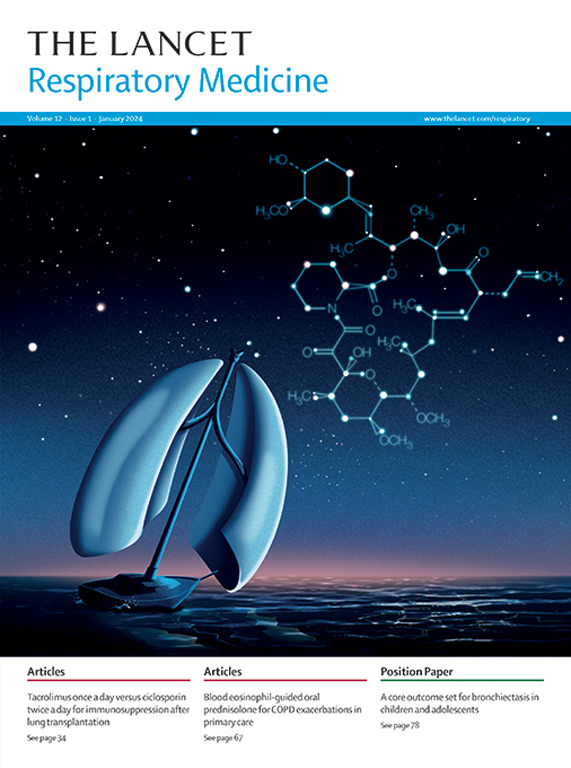胸腔穿刺术:一个老故事和一些新来源
IF 38.7
1区 医学
Q1 CRITICAL CARE MEDICINE
引用次数: 0
摘要
部分片段两份 18 世纪晚期的手稿我们在此介绍的两份手稿都是由聆听著名作家讲座的学生所写,但他们关于胸腔穿刺术的建议以前却不为人知。这两份手稿之所以引人入胜,不仅是因为它们扩展了我们对这两位重要人物的了解,还因为它们精确描述了听诊前胸腔引流的部位和技术,这将为定位病理变化提供方法。学生的讲课笔记可以作为一种讨论这篇 Spotlight 显示,直到 18 世纪,医生们基本上都是按照希波克拉底的建议进行胸腔穿刺术的,即在胸部低位做切口。问题是,切口应该在前胸还是后胸。我们可以看到,至少有两位具有丰富解剖学知识的著名医生,阿斯特鲁克(Astruc)和比查特(Bichat),提出了引流技术的问题,尤其是手术方法。阿斯特鲁克进一步描述道本文章由计算机程序翻译,如有差异,请以英文原文为准。
Thoracentesis: an old story and some new sources
Section snippets
Two late 18th century manuscripts
Both of the manuscripts we feature here were written by students hearing the lectures of famous authors, but whose advice on thoracentesis is previously unknown. They are fascinating not only for expanding our understanding of these two important figures but because they provide precise descriptions of the site and technique of thoracic drainage just before auscultation, which would provide the means for locating the pathological change. Student lecture notes could have served as a sort ofDiscussion
This Spotlight suggests that until the 18th century, doctors carried out thoracentesis largely in accordance with Hippocrates' recommendations to make the incision low in the chest. The question arose as to whether the approach should be anterior or posterior. We can see that at least two reputed doctors with considerable anatomical knowledge, Astruc and Bichat, raised the question of the drainage technique, with particular reference to the surgical approach. Astruc went further in describing求助全文
通过发布文献求助,成功后即可免费获取论文全文。
去求助
来源期刊

Lancet Respiratory Medicine
RESPIRATORY SYSTEM-RESPIRATORY SYSTEM
CiteScore
87.10
自引率
0.70%
发文量
572
期刊介绍:
The Lancet Respiratory Medicine is a renowned journal specializing in respiratory medicine and critical care. Our publication features original research that aims to advocate for change or shed light on clinical practices in the field. Additionally, we provide informative reviews on various topics related to respiratory medicine and critical care, ensuring a comprehensive coverage of the subject.
The journal covers a wide range of topics including but not limited to asthma, acute respiratory distress syndrome (ARDS), chronic obstructive pulmonary disease (COPD), tobacco control, intensive care medicine, lung cancer, cystic fibrosis, pneumonia, sarcoidosis, sepsis, mesothelioma, sleep medicine, thoracic and reconstructive surgery, tuberculosis, palliative medicine, influenza, pulmonary hypertension, pulmonary vascular disease, and respiratory infections. By encompassing such a broad spectrum of subjects, we strive to address the diverse needs and interests of our readership.
 求助内容:
求助内容: 应助结果提醒方式:
应助结果提醒方式:


